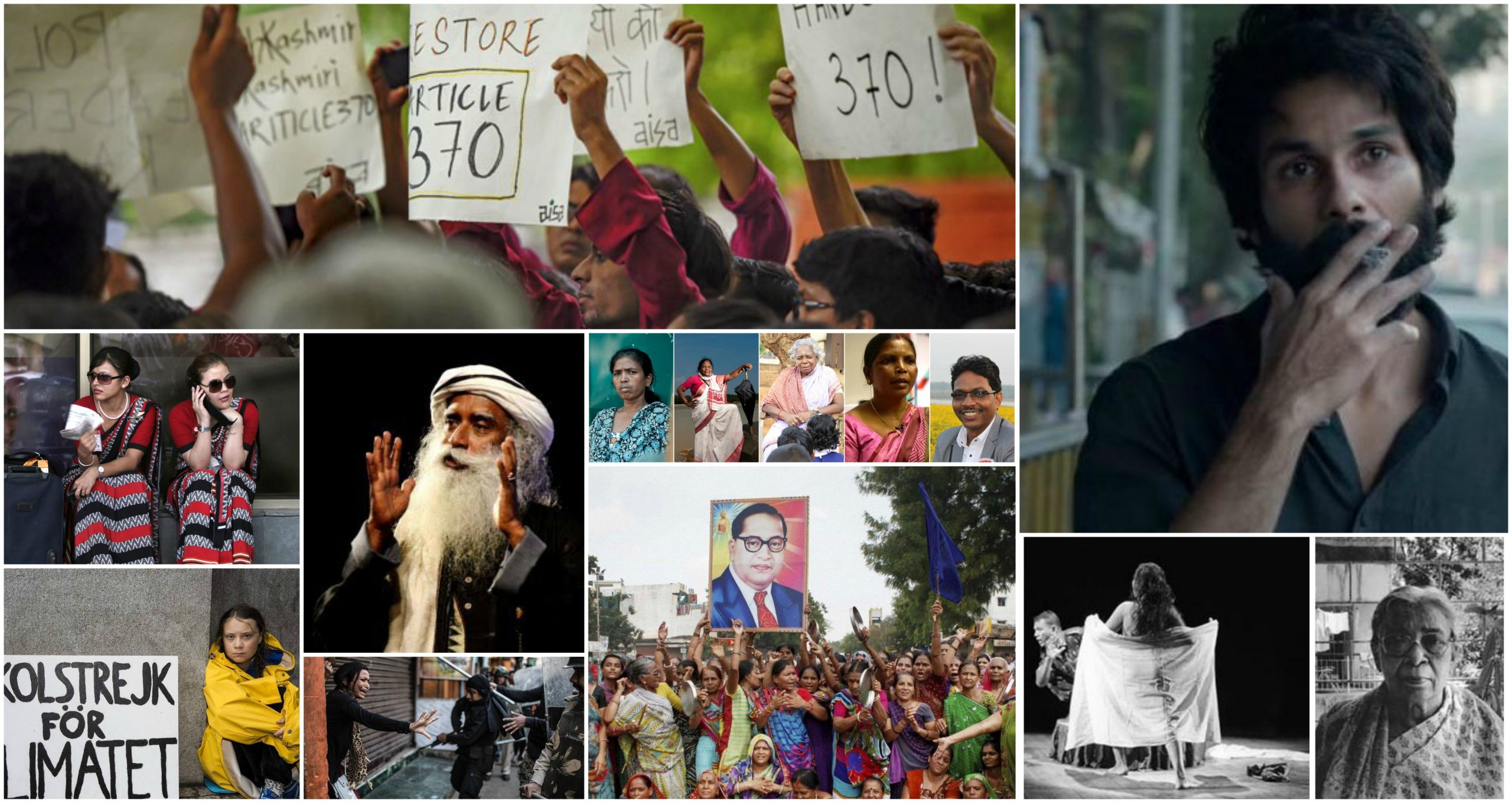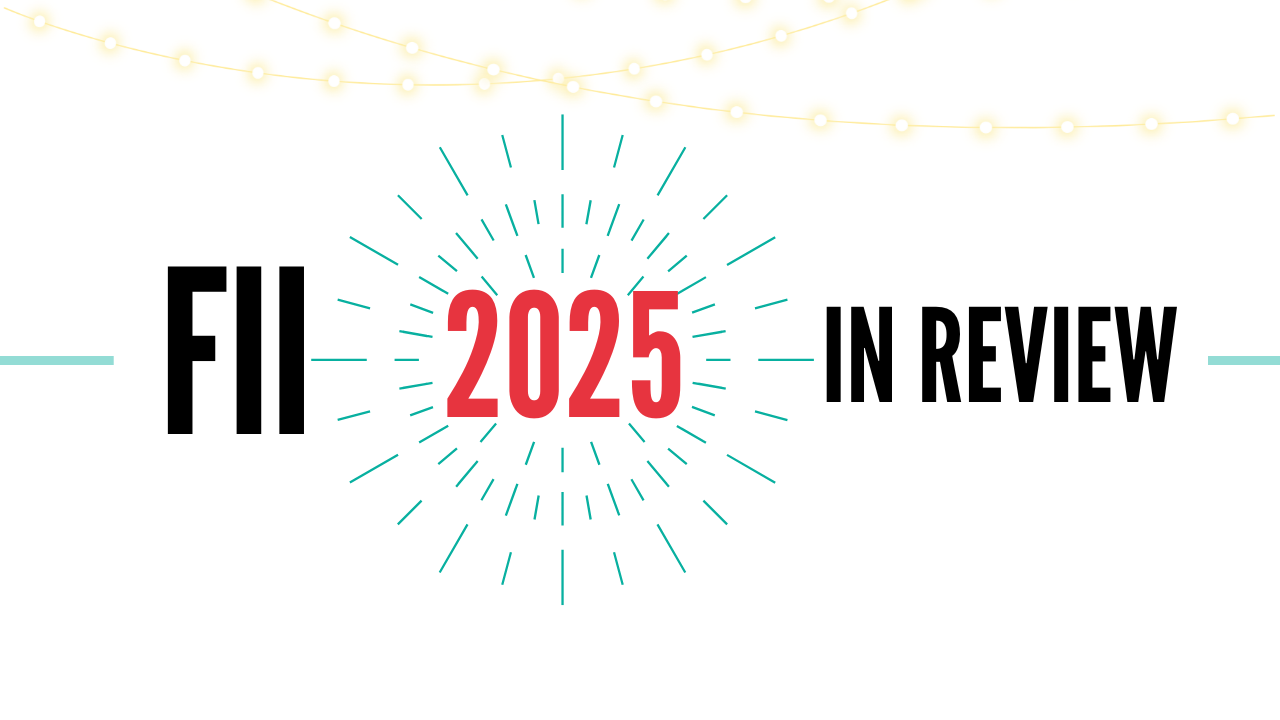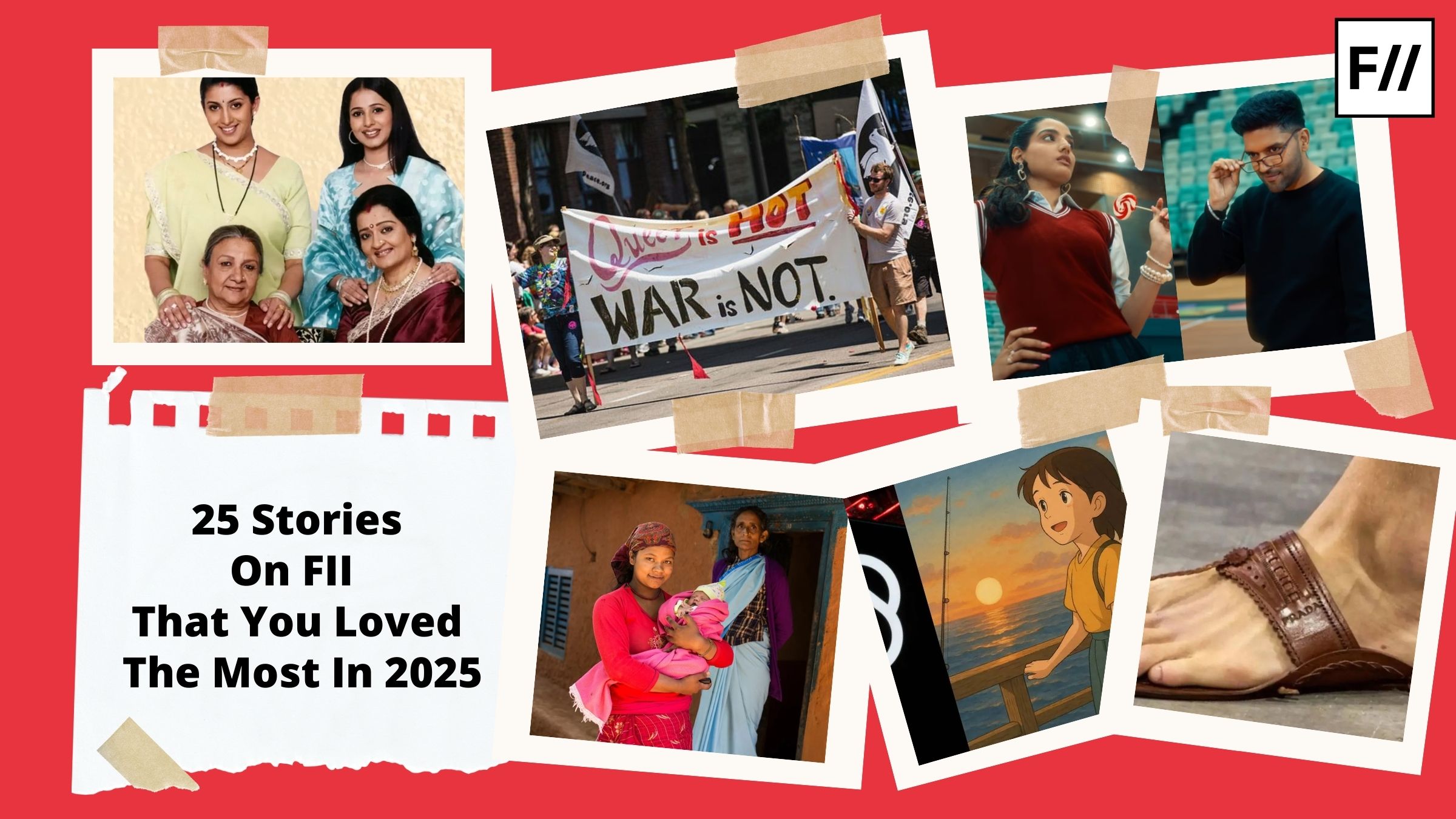Throughout the year, we have received multiple submissions from guest writers, FII Community writers, online interns and from offline interns, and each contribution has helped us build extensive feminist knowledge and expand our website to make it a resourceful and insightful space for research and opinions. Check out the top 19 articles from FII that you loved reading this year!
1. Mahasweta Devi’s Draupadi As A Symbol Of Subaltern Defiance by Nikhat Hoque

Draupadi is a story about Dopdi Mehjen, a woman who belongs to the Santhal tribe of West Bengal. She is a Robin Hood-like figure who with her husband, Dhulna, murders wealthy landlords and usurp their wells, which is the primary source of water for the village. The government attempts to subjugate these tribal rebel groups through many means: kidnapping, murder, rape. Dopdi is captured by Officer Senanayak who instructs the army officers to rape her to extract information about the rebel uprising.
2. Sexism Is In The Air: Female Flight Attendants Await Their Feminist Revolution by Anisha Maini

Man has learned how to fly but is yet to unlearn his discriminating ways. From 1903, when Wright brothers first gave mankind its wings to 21st century, the ground has seen a feminist revolution—demand for equal rights, equal pay and end of discrimination—but it seems that the sky is still untouched by this progression. On 3rd July, Hindustan Times published an advertisement for recruitment of cabin crew for Air India. The airlines laid down pretty stringent and peculiar eligibility criteria for the position of female flight attendants (previously known as air ‘hostesses’).
3. I Am A Man And This Is How ‘Kabir Singh’ Is Damaging To Me by Sagar Galani
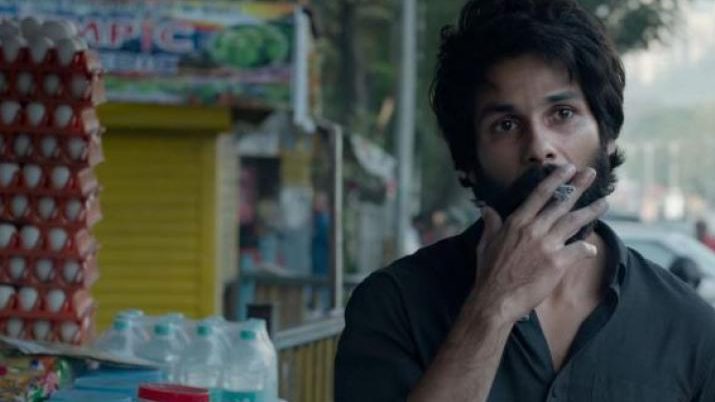
Like many, I look to Hindi films as a source of entertainment and to understand different perspectives in complicated situations. Considering films like Kabir Singh, I should look for alternative sources. The Shahid Kapoor-Kiara Advani starrer is a beautiful film on the surface: stellar performances by the leads, beautiful cinematography by Santhana Ravichandran, and melodious musical scores written by Harsh Rameshwar. The team captures the essence of falling in love, losing love, and intoxication via alcohol and drugs. Despite strong technical elements, it was impossible not to cringe at the repetitive misogyny, glorification of masculine stereotypes, and lack of consent depicted in the lead relationship. I can’t speak for others, but I walked out of the film questioning what it means to be a responsible man.
4. Flying Solo: 5 Female Masturbation Techniques Worth Exploring by Srushti Mahamuni

The Female Orgasm: No two words in history have been the source of so much curiosity and hoopla while being so underexplored at the same time. While the whole world had been lamenting about the elusive female orgasm for centuries, not much had been done to find out why the elusiveness. Until now. Lo and behold, it’s 2019 and gone are the days when women were secretly wishing and praying that a miracle occurs and they have an orgasm. More and more research is being done about female bodies and real women are coming out to share what works for them. All these women have one thing in common: they took the time to explore their own bodies and figure out what works for them and what doesn’t. If you don’t know what you like how will you communicate this to a partner? It’s time to take our things into our own hands, literally. Get to know the bumps and curves of your one unique body and see how she rewards you in return. Here are some masturbation techniques to help you along your journey.
5. How LSR and Other Women’s Colleges Limit Their Students by Kavya

Like, many women hostels, the hostel of Lady Shri Ram College follows a curfew as well. The women are expected to be in the hostel premise by 7:30 pm. And this can be extended till 10:30 pm with a signature from the hostel warden. Inability to withhold these rules leads to punishment of various sorts- notices, gate outs, suspensions, and rustications. Protection and benefits of university life remain dependent on compliance and subjection to these norms. These curfew timings aim to create docile female bodies that stay within private boundaries during the night, bodies which do not dare to reclaim the public nightlife. These timings harp upon the notions of modesty that patriarchy has always expected out of women. They imprison women into the modern lakhman rekhas.
6. Korean Dramas: Deconstructing Masculinities, Constructing Gender Stereotypes by Swarna Jain
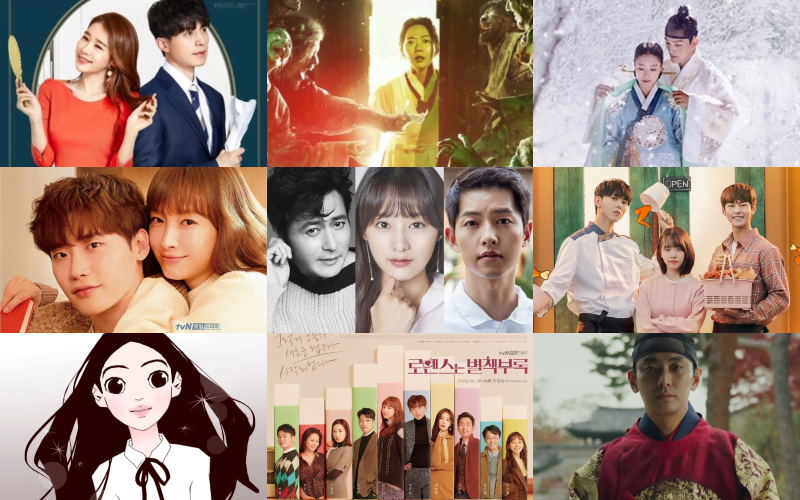
Though the mentioned practices in representations of gender identities are trying to make a move away from misogynistic values, there are several mannerisms in which sexism still guides a major chunk of gender portrayals. One finds them in the constant wrist grabs and being dragged away by men (Lee Shin in Goong), romanticisation of forced kisses (Lee Jae-Hee in When A Man Falls In Love), toxic possessive boyfriends (Kim Tan in Heirs), assertive women turning submissive under the aggressive and domineering male characters (Geum Jan-di in Boys Over Flowers), reinforcement of beauty ideals and standards (She Was Pretty, Birth of a Beauty), and the relentless pursuit of love interest by men despite a clear no (Kim Joo-won in Secret Garden). Added to this, a woman is often depicted as an indecisive character who is clumsy and incapable of coming to a firm decision and putting up a confident front. Damsel in distress is a done to death portrait which is still very much alive in the dramas and gender binaries govern the storyline.
7. 20 Indian Songs That Are A Must For Your Feminist Playlist by Anshika Kesarwani
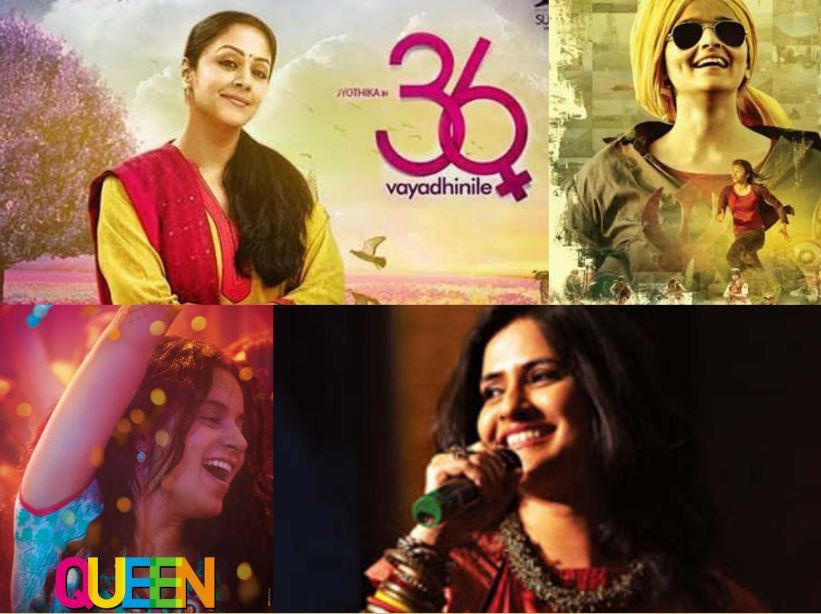
Music has always brought peace in my life and has helped me put my feelings into words. But I get so angry whenever I listen to those misogynistic songs which somehow become immensely popular. This must happen to you as well, right? To restore the peace in your lives, here are 20 songs from Indian cinema you need to listen to which will uplift you and make you feel happy about being a woman.
8. ‘Crime Patrol’ & ‘Savdhaan India’ Make A Mockery Of Sexual Violence | #GBVinMedia by Meghna Mehra

If one analyses these shows, they will be able to find a typical set of stereotypes. Women are either helpless victims who are too naive to understand that they are in danger or cunning vamps who boldly speak out and “provoke” the criminal into committing a crime. Both of these stereotypes are commonly used in victim-blaming. Women are often criticized for not being shrewd or careful enough to avoid sexual violence, or alternatively being too outspoken in a way that invites violence. These characterisations are used to minimise the impact that sexual violence can have, by implying that the women deserved it or “should have known better”, and should now deal with the consequences of their actions silently.
9. It’s High Time To Call Out Sadhguru And His “Rationalized” Misogyny by Yashfeen Adil

Sadhguru uses all kinds of stereotypes to prove that the world requires a balance of roles and activities between men and women. He associates arts, music etc. with femininity and science, technology, economics with masculinity. Such associations just reinforce the idea that certain acts are only associated with women and re-establishes the hierarchy, whose existence he denies. He asks women to stop seeking a place in the public because efficiency, competitiveness and progress are all linked to masculinity. Women’s engagement with the outside world, he believes, is the reason for the preponderance of depression in society. He regards this quest for equality as fruitless for women because this forcefulness only creates ugliness and it is women who lose out the most in this because the sensitivity that they require is lost. In doing so, he is only asking women to not speak up against their oppression and discrimination by accepting it as their fate and is encouraging the other half of the population to keep its privileges intact. Like all the ignorant people, he argues for humanity or humanitarianism as opposed to feminism.
10. Why Are Feminists Opposing The Citizenship Amendment Act? by Pragya Roy

The feminist movement holds in disdain any domain of the society that is constructed on grounds of male-dominance and patriarchy. The Citizenship Amendment Act has the potential to incite a war-like situation, which will be manifested through competing male-egos and absolute disregard for humanity. Such masculinities of the state will only lead to the strengthening of an exclusivist and patriarchal society, that will curb the rights of the minorities, be it women, Muslim people, non-binary people, Dalit people or people with disabilities.
11. NRC: Why Women Immigrants Are Set To Be Hit Harder Than Men by Ratula Bandyopadhyay
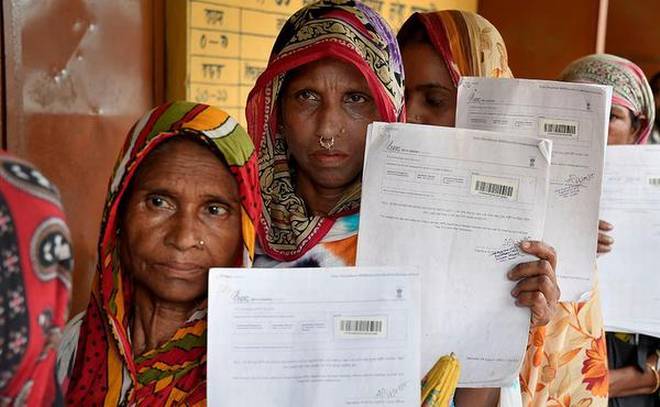
Hunting for lodging in any place is tedious. For women, there always comes the attached risk of being molested in any accommodation they manage to obtain. Studies say the phenomenon is appallingly common. This data points to the fact that, for women, sexual harassment abounds in realms that are tied to their home and the place they go to earn their bread, even before the quality of bread they can afford comes into the picture. These are realms where they may be raped, mutilated or even killed. In a new land where they have almost no connections, these realities shall loom more urgent concerns.
12. Choice Feminism: A Self-Imposed Barrier To Progress? by Manasi Pant
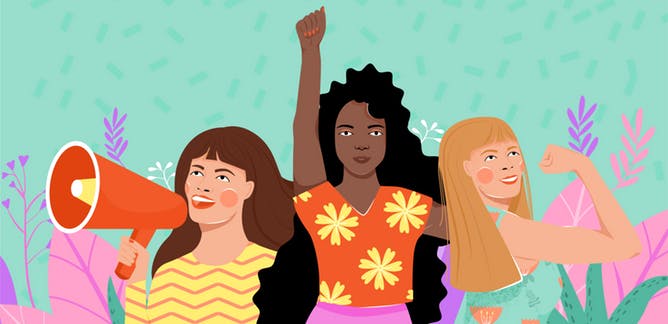
Choice feminism has the effect of stopping the conversation short. It asks no further questions once a woman has said, “but it’s my choice!”. It does not probe further into the intricacies of the decision-making process, but rather, applauds the act of choice-making without and concern for the effect it might have on the fight for women’s rights. This fight gets seriously hampered when choice feminism allows us to believe that women are already emancipated, that there is no need to make actual efforts to help them attain equal rights. It leaves existing power structures unthreatened, if not strengthened further by catering to their power and praising women for “choosing” to lend it more strength. Since it does not even attempt to identify a problem, it is far from framing steps to rectify it, thus leaving the status quo unchallenged.
13. Courtesan Contribution To Hindustani Classical Music —Lesser Told Histories by Saonli Hazra

Popular media constructions have also taken this prototype of a tawaif forward. So in most films, barring serious outings like Umrao Jaan or Begum Jaan, tawaifs have been showed to be the fallen woman, the dangerous other, positioned by patriarchal and puritanical constructs to exist ‘outside’ and, in opposition to the family and society. Ruth Vanita, author of Dancing with the Nation says that in most movies the tawaif is shown to be “educated, self-employed, even wealthy, modern women, who are agents of desire, and often single mothers“. The Courtesan values her independence and that is what makes her such a fearsome prospect for a patriarchal society.
14. Here Is A Step By Step Guide To Manage Savarna Privilege by Deyir Nalo and Smriti Bhoker
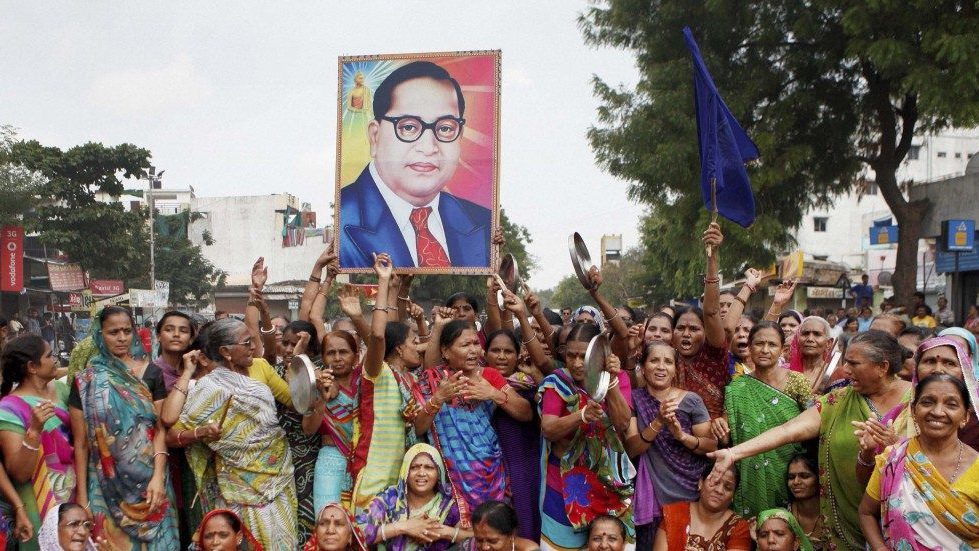
With the virtue of privilege comes great power, and with that power, comes responsibility. Assuming you are the one with the power, it is not enough to just stand against injustice around you; it is important to focus how you stand up for it. The current regime that gleams on the suffering of minorities has given us a new brand of thinkers and activists, and to understand this phenomenon we have to confront Savarna feminism. As a savarna myself, I will start by apologizing to my marginalized feminist friends who do more towards the cause and get less credit than they deserve. I am sorry. I will make sure we do better. I’m writing a step by step guide for my savarna clan because I’m tired of this group expecting emotional labor from feminists from the marginalized communities for basic confrontation of one’s power, the same power that should enable us to be better allies instead of creating a carnival for our own cause. As shocking as it is for you my dear savarna feminist, the current feminist movement is way beyond you. So, whenever you’re done moping about that, please read on.
15. Article 370 And 35A: On Scrapping The Special Status Of J&K by Shubhra Aswal
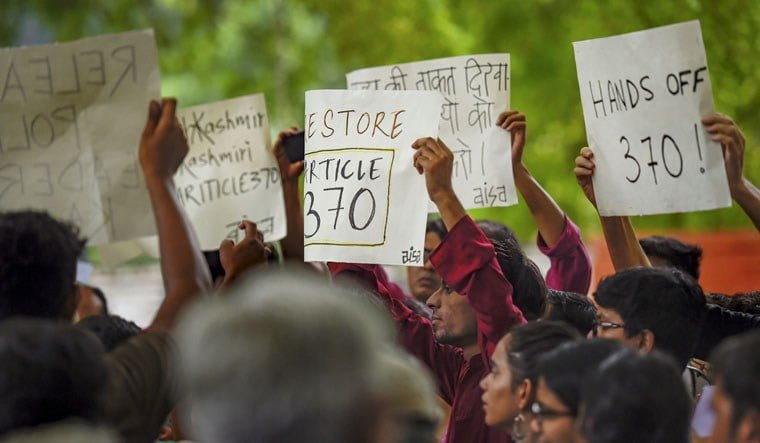
With the special status under Article 370 abrogated, J&K would cease to have its own constitution and flag, all the provisions of the constitution would hereafter apply to the state. As per Article 35A, the preferential rights of the residents of J&K have been done away with, meaning that any non-Kashmiri can now acquire property in the state. This also brings good news for Kashmiri women who can now marry non-Kashmiris as they and their children would now be given the right to inheritance. The reservation laws will now be applicable to the state and the Rajya Sabha has already passed the Jammu and Kashmir Reservation (Second Amendment) Bill which provides 10 per cent reservation for the economically weaker sections in the state.
16. How My Gynaecologists Dismissed My Pain | #MyGynaecStory by M. Chandra

With every passing year, the possibility that this is a permanent condition cannot be ignored. That I will never find a solution for this pain is possibly the truth. I have come to accept it. I may never have long term relationships when one can never count on sex being a painless experience with me. I might be infertile. I might find it difficult when I start working- I can’t take leave every time I experience a pain flare up, it probably isn’t even covered by sick leave. The hoops I jump through to get attendance condonation in college won’t work there. But if there’s one thing that’s come out of all of this is that I have learnt to trust what my body says. Its sensations and illnesses are valid and legitimate. I have educated myself of my medical and legal rights and understood the necessity of insisting and demanding them. I have to speak for myself and I will. But should every woman spend half a decade learning the lesson?
17. The Faces Of India’s Adivasi And Tribal Activism You Should Know by Adivasi Lives Matter

Tribal activism has always been a powerful way to make changes in society. These activists present a bigger picture of the current state of atrocities faced by indigenous people in India. It’s commendable that they sought to transcend the modern domains of state to become a critique of governmental actions that violates the rights of Adivasis. It’s also saddening, however, to state that despite after more than 70 years of independence, tribes are still clustered and tangled in the labyrinth of politics. Governmental resistance against their basic necessities have forced tribes to stand for their own safety and preservation of their land rights. The need of the hour is to bring their suppressed voices to light and make a befitting place for their opinions.
18. “How Dare You?” The Greta Thunberg Effect And The Fight Against… by Purnima Singh
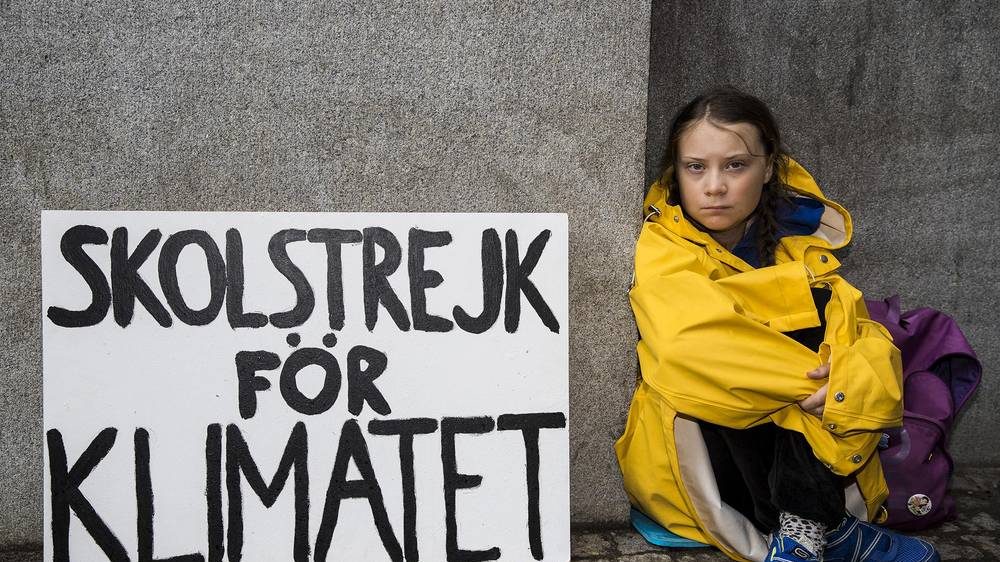
What Greta Thunberg has done and managed to achieve is nothing short of spectacular, but we mustn’t forget that the true heroes of the fight against climate change and the Earth’s original environmentalists have always been Indigenous People- and they, sadly, haven’t been given enough recognition. Several Indigenous activists have been fighting major corporations, corrupt governments, and anti-environmental laws for centuries now. It is the Indigenous women who are leading the protests against Brazilian President Jair Bolsonaro’s policies. They are not just fighting for their rights but also proactively leading the movement to save the Amazon rainforest. It was the young Indigenous women in Standing Rock that led protestors to victory against the Dakota Acess Pipeline and it was again the Indigenous women who spearheaded the protests in Mauna Kea in Hawaii. Here at home, it is Indigenous activists like Sokalo Gond and Prakash Bhoir, who are not as much awarded as they are threatened to be put in jail for their relentless environmental activism.
19. The Often Untold Journeys Of Mental Health Issues In The Kashmir Valley by Tanvi Guhagarkar
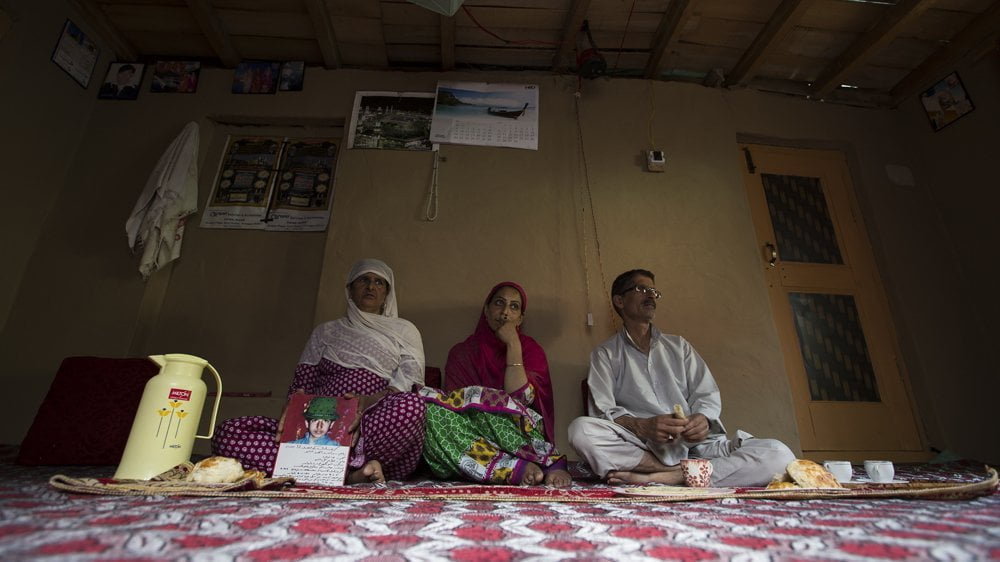
With a lifetime prevalence rate of 55%, and a staggering 10% of the population experiencing clinical depression, 47% of the respondents were female, while 37% were male. The deadly trio of disorders has induced other severe mental health issues like drug abuse, suicide, and relationship discord among others. Another detailed and eye-opening reportsubmitted by Syed and Khan from the Sher-e-Kashmir Institute of Medical Sciences, aligns with the findings of the MSA report with regards to the highest prevalence of depression, and females reporting higher levels of depression as compared to their male counterparts. The report also sheds light on the fact that the highest prevalence of 66.67% was found in the age group of 15 to 25 years, followed by the age group of 26 to 35 years with a prevalence of 65.33%. Reports on substance abuse in the valley included children as young as 10 years abusing alcohol or nicotine. To worsen the state of affairs, as per the MSA’s 2015 report, most addiction in young adults seem to be concentrated on the use of benzodiazepines—a group of anti-anxiety drugs.
About the author(s)
Feminism In India is an award-winning digital intersectional feminist media organisation to learn, educate and develop a feminist sensibility and unravel the F-word among the youth in India.
